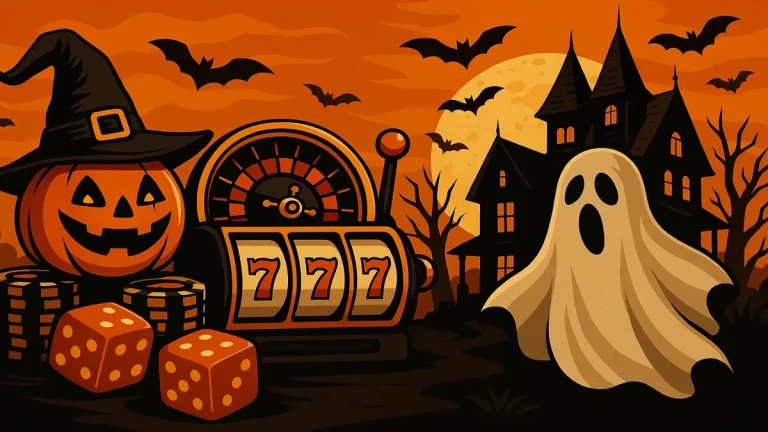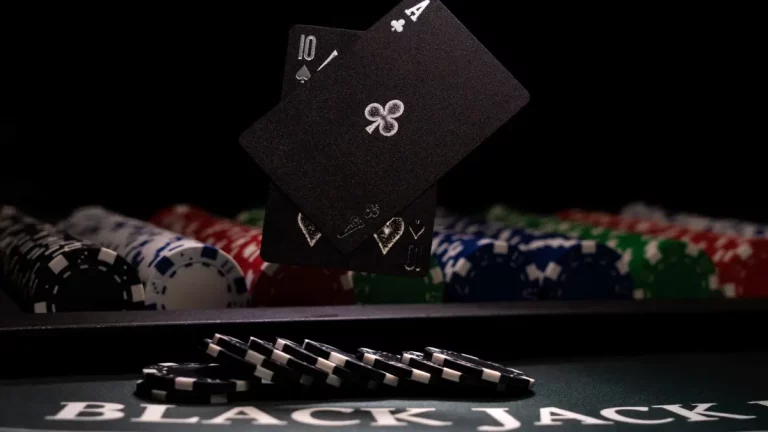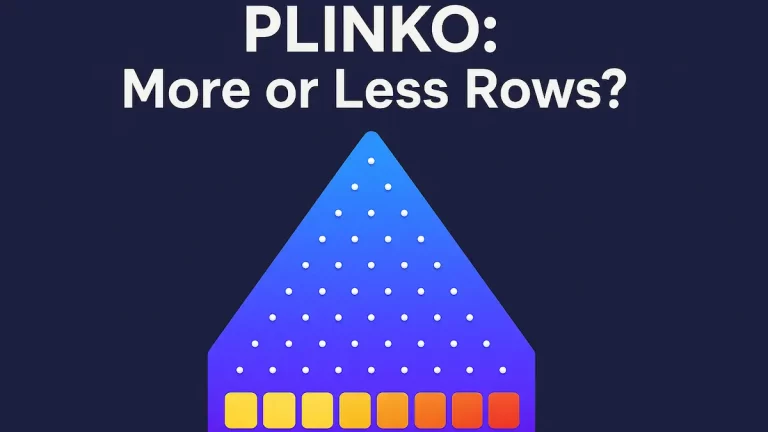Blackjack is a game of strategy, and while it can feel tricky at times, it all starts with understanding the value of your cards. Before you think about doubling down or making your next move, it’s essential to know how to read both your hand and the dealer’s.
In this guide, we’ll break down blackjack card values, how to total your hand, the difference between soft and hard hands, and how your hand’s value can shape your strategy.
Understanding Blackjack Card Values
In blackjack, every card in the deck has a set value—and knowing these values is key to making wise decisions at the table.
So, how much are blackjack cards worth? Here’s how each one counts:
- Number Cards (2-10): These cards hold their face value. For example, a 7 of hearts is worth 7 points.
- Face Cards (King, Queen, Jack): All face cards are valued at 10 points.
- Ace: The most flexible card in blackjack, an Ace can be worth either 1 or 11 points, depending on what benefits your hand the most.
The goal? Build a hand that gets as close to 21 as possible without going over—going over is called busting, and it means an instant loss. Whether it’s the player or the dealer, if the total goes beyond 21, the round is over for them.
See Also:
How to Calculate Your Hand Value in Blackjack
To work out your hand in blackjack, just add up the value of each card.
For example:
- 5 and 9 = 14
- Queen and 7 = 17
- Ace and 6 = 7 or 17, depending on how the Ace is used
Aces are special because they can be worth 1 or 11. They usually count as 11—unless that would push your total over 21. Then, the Ace automatically becomes 1 to help you stay in the game.
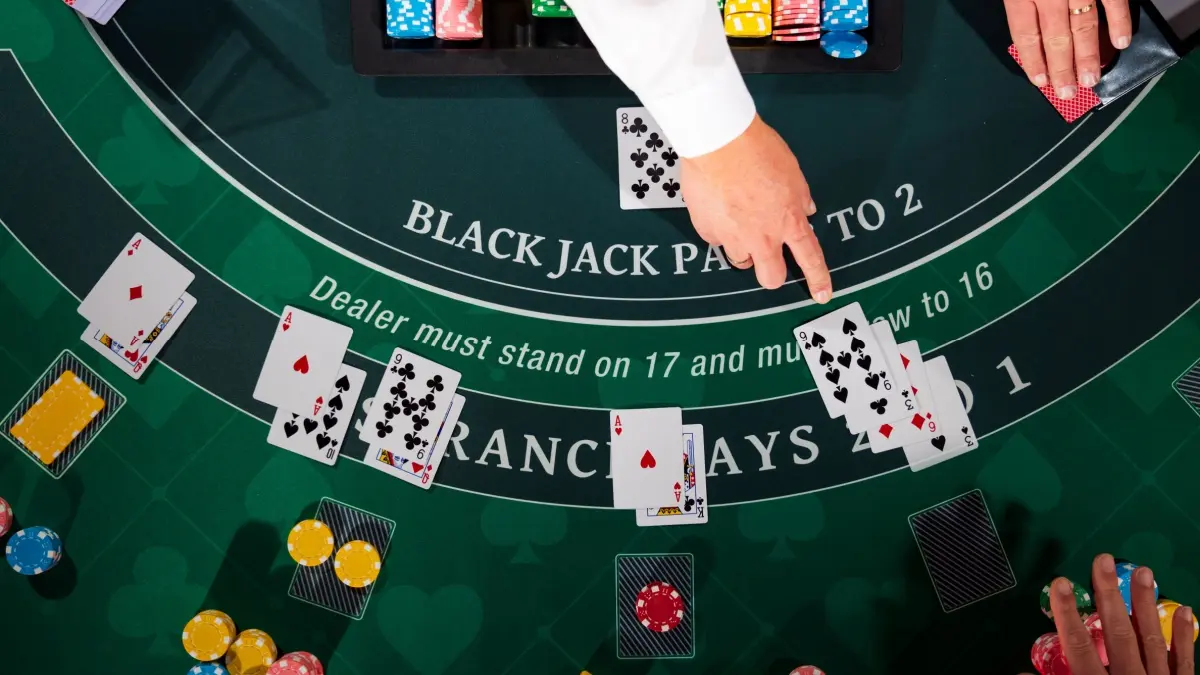
Soft, Hard, and Paired Hands
In blackjack, it isn’t just card value you need to pay attention to. Whether you have a soft or hard total or a pair also impacts how you play a hand.
Soft Hands
A soft hand in blackjack contains an Ace counted as either 1 or 11, which gives you more ways to win. Since an Ace can change value based on the other cards in your hand, soft hands reduce the risk of busting and allow for more aggressive play.
Examples of Soft Hands:
- Ace + 6 = Soft 17 (can be 7 or 17)
- Ace + 3 + 4 = Soft 18 (can be 8 or 18)
- Ace + 2 + 5 = Soft 18 (can be 8 or 18)
What to Do with Soft Hands?
- Hit: If your soft hand is 17 or lower, hitting is often the best option to improve your hand without the risk of busting.
- Double down: If you have a soft 16-18 against a weak dealer card (like 4, 5, or 6), you might try doubling down.
- Stand: Soft 19 or higher should generally stand unless the dealer has a strong card (like an Ace or 10-value card).
Soft hands provide an advantage since they allow you to be aggressive without the immediate risk of busting. And when you throw doubling down into the mix, you could really see the impact.
Hard Hands
A hard hand is a hand that either lacks an Ace or contains an Ace that can only be counted as 1 to prevent busting. Hard hands are more rigid, and players must be cautious when deciding whether to hit or stand in blackjack.
Examples of Hard Hands:
- 10 + 8 = Hard 18
- 7 + 5 + 4 = Hard 16
- 9 + 6 = Hard 15
What to Do with Hard Hands?
- Hit: Hard 11 or lower should always hit since there is no risk of busting.
- Double down: Hard 10 or 11 is a great opportunity to double down, especially if the dealer has a weak card.
- Stand: Hard 17 or higher should stand in most cases since hitting carries a high risk of busting.
- Caution with hard 12-16: These totals are tricky. If the dealer has a weak card (2-6), standing is often best since the dealer has a higher chance of busting. If the dealer has a strong card (7-Ace), hitting may be necessary.
Hard hands are riskier because you must be careful about busting. At the same time, you always need to consider what the dealer has. For example, if the dealer has a 10, you need to hit on a hard 16 or less, even if you’ll likely bust.
Paired Hands
A paired hand consists of two cards of the same rank, allowing you to split them into two separate hands. Splitting can turn a weak hand into two stronger hands if done correctly.
Examples of Paired Hands:
- 8 + 8 = 16 (which can be split into two separate hands)
- A + A = 12 (which should always be split)
- 10 + 10 = 20 (a strong hand that should not be split)
What to Do with Paired Hands?
- Always split Aces: doing this gives two chances at blackjack.
- Always split 8s: splitting 8s helps avoid a weak total of 16.
- Never split 10s or 5s: A total of 20 is already strong, and two 5s form a strong 10, which is better played together.
- Split 2s, 3s, 6s, 7s, and 9s in certain situations: These should be split when the dealer has a weak card (2-6), but not against a strong dealer card (7-Ace).
Your eyes should light up when you’re dealt a pair of Aces or 8s because you have a great chance of winning two hands against the dealer during the same round!
Remember, soft hands provide flexibility, hard hands run the risk of busting, and paired hands offer more ways to win.
How Are Card Values Used to Count Cards in Blackjack?
Counting cards in blackjack is a strategy to gain an advantage over the casino by tracking the ratio of high to low cards remaining in the deck. This method helps determine whether the next hands are more likely to favor you or the dealer.
When counting cards, you assign values to certain cards and then track this count. The standard values are:
- Low cards (2-6): Assigned a value of +1 because they increase the likelihood of high cards remaining.
- Neutral cards (7-9): Assigned a value of 0 since they have little impact on the game.
- High cards (10, J, Q, K, A): Assigned a value of -1 because they benefit the player when they are still in the deck.
To keep track of the count, you start at 0 and adjust the count based on the cards seen. If a 5 is dealt, the count increases by +1; if a King is dealt, it decreases by -1. A positive running count indicates a deck rich in high cards, which is good for you, while a negative count suggests an unfavorable deck.
In multi-deck games, you convert the running count into a true count by dividing it by the estimated number of decks remaining.
When counting cards, you typically play the table minimum when the count is neutral or negative. Then, double your play when the count is +1 or +2, and quadruple it when it hits +3. When the count reaches +5, you really ramp up your plays between 5x and 10x the table minimum.
How Does Your Hand Value Impact In-Game Strategy?
Understanding blackjack card values allows you to assess your hand and the dealer’s and then correctly determine whether to hit, stand, split, or double down.
Strong Hands
- Total of 17-21: If you have 17 or higher, it is generally best to stand, as the risk of busting is too high.
- Soft 18-21: If you have a soft 18 or higher, standing is usually the optimal move unless the dealer shows a strong card (9, 10, or Ace), in which case hitting is a wise move. Getting 21 on the first two cards is called a “natural blackjack”.
- Pair of Aces or 8s: Always split Aces and 8s. A pair of Aces gives you two chances at forming blackjack, while splitting 8s helps improve a weak total of 16.
Weak Hands
- 12-16: This is the most challenging range. If the dealer has a weak card (2-6), standing may be best since the dealer is more likely to bust. If the dealer has a strong card (7-Ace), hitting is often necessary.
- 11 or lower: Always hit, as you cannot bust and are more likely to improve your hand.
When Should You Double Down?
Doubling down is when you double your initial play in exchange for one additional card. We recommend this action in these situations:
- Total of 11: Always double down unless the dealer shows an Ace.
- Total of 10: Double down unless the dealer has a 10 or Ace.
- Total of 9: Double down if the dealer has a weak card (3-6).
When Should You Split?
Splitting allows you to play two separate hands and gang up on the dealer’s single hand. The best pairs to split include:
- Aces: Splitting gives you two chances to hit 21.
- 8s: A total of 16 is weak, so splitting 8s is a better option.
When Not to Split?
Pairs that you should never split include:
- 10s: A total of 20 is a strong hand, so keep it.
- 5s: A total of 10 is better played together since it has a high chance of reaching 20.
Expected Winnings for Different Hand Values in Blackjack
The expected winnings represents the average amount you can expect to win or lose with a specific hand over many rounds. This value is based on probability and optimal strategy.
- Blackjack (Ace + 10-value card): The best hand in the game, with expected winnings of +1.5 times your play if the dealer does not also have blackjack.
- Hard 20 (10 + 10): A very strong hand with expected winnings of around +0.92 since you will win most of the time.
- Soft 18 (Ace + 7): A solid hand with a positive win of around +0.54, but hitting or doubling down may increase your winnings in certain cases.
- Hard 16: One of the worst hands, with expected winnings of about -0.54, as it often results in a loss whether you hit or stand.
- Pair of 8s: A difficult hand to start with but improves significantly when split, increasing expected winnings from about -0.48 (if not split) to closer to -0.2 when played correctly.
- Hard 12-14: These hands have negative expected winnings (between -0.3 and -0.5) but can be played strategically by standing against weak dealer cards (2-6) and hitting against strong ones (7-Ace).
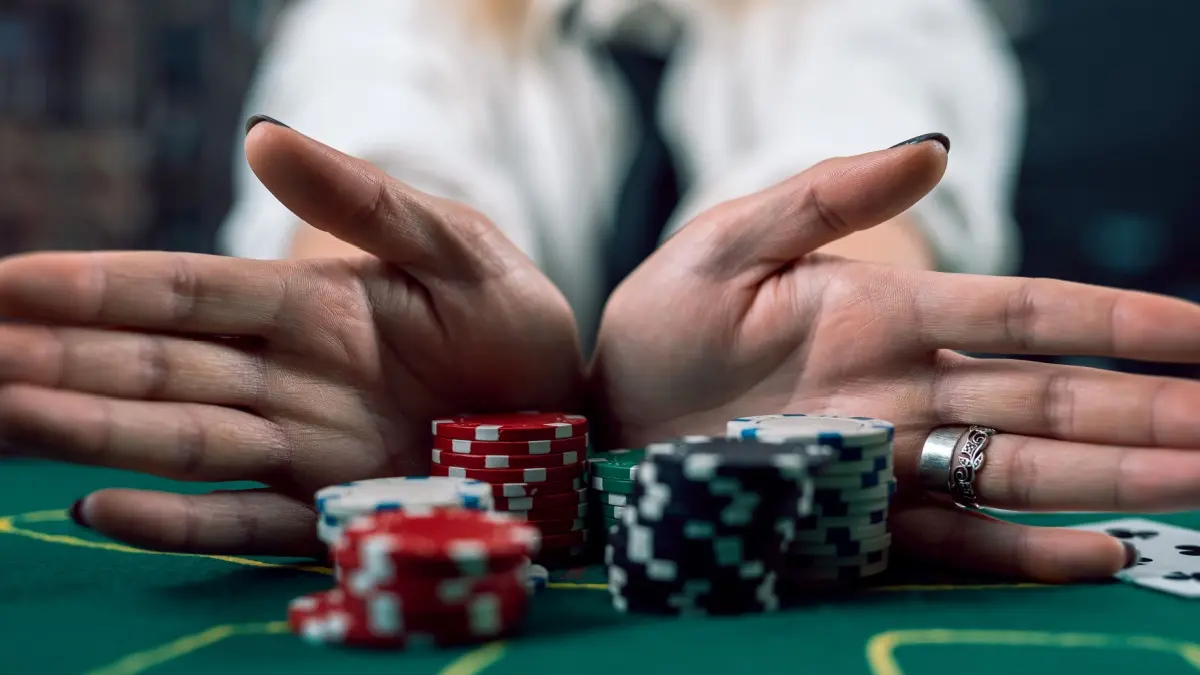
Conclusion – The Value of Cards in Blackjack
The first step to playing optimally is knowing how to read card values in blackjack. Then, you need to understand the difference between soft, hard, and paired hands. Once you’ve got those two things figured out, consult a blackjack strategy chart, which will break down exactly what to do depending on the dealer’s upcard and your hand.
FAQs
How much is an Ace in blackjack?
In blackjack, an Ace is the most versatile card because it can be worth either 1 or 11 points, depending on which value benefits your hand the most. If counting the Ace as 11 would cause the total hand value to exceed 21 (bust), it automatically reverts to 1.
How much is a Queen in blackjack?
A Queen is worth 10 points in blackjack. Like other face cards (Kings and Jacks), the Queen does not have variable values like an Ace.
How much is a King in blackjack?
A King is also worth 10 points in blackjack. It functions the same way as the Queen and Jack. A King paired with an Ace results in a blackjack, while a King combined with any other 10-value card (Queen, Jack, or another 10) gives you a strong total of 20, which is often a winning hand.
What are face cards worth in blackjack?
Face cards in blackjack are King, Queen, and Jack and are all worth 10 points each. They are highly valuable because they contribute to strong hands and increase the likelihood of hitting blackjack when paired with an Ace.
Related Blackjack Articles:


